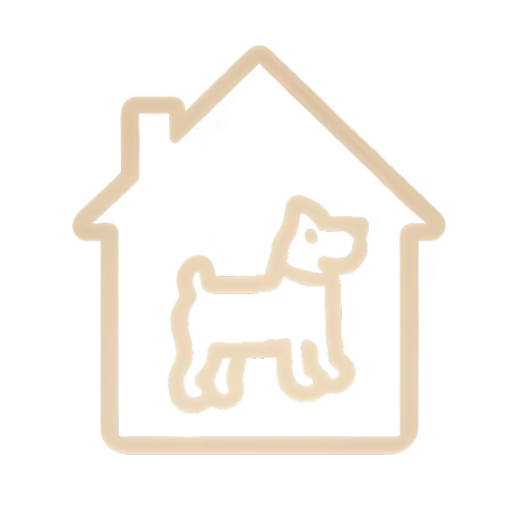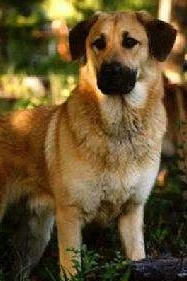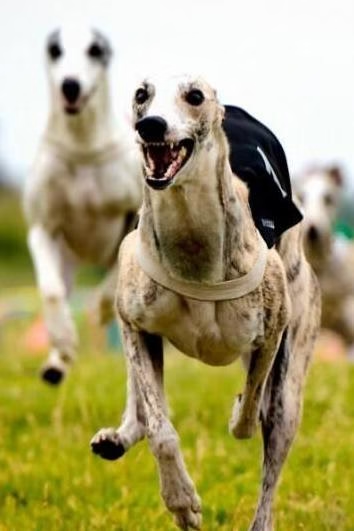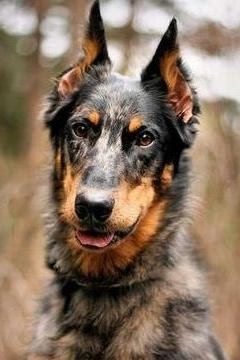American Eskimo Dog (Eskimo Dog)

American Eskimo Dog
Eskimo Dog
Basic Information
- Category: Pet Dog
- Origin: United States
- Body Type: Medium
- Height: 23-49cm
- Hair Length: Long-haired
- Lifespan: 10-15 years
Ratings
| Trainability | ⭐️⭐️⭐️⭐️ |
| Affection Level | ⭐️⭐️⭐️ |
| Barking Level | ⭐️⭐️⭐️ |
| Shedding Level | ⭐️⭐️⭐️⭐️ |
Breed Introduction
The American Eskimo Dog is a member of the Pomeranian family, and many dog enthusiasts prefer to classify it as a Nordic breed. The American Eskimo Dog chiefly originates from European Pomeranian breeds, including the white German Pomeranian, white Dutch Kroll tail dog, white Pomeranian, and white Italian Pomeranian. After World War II, breeders on the West Coast even added the lineage of the Japanese Pomeranian to the Eskimo Dog. In 19th century America, small white Pomeranian-type dogs were often seen in German immigrant communities, having migrated from Europe with their owners. Once in America, these dogs were no longer recognized in their home country, leading them to be termed the American Eskimo Dog.
Centuries ago, the Chukchi people in Eastern Siberia were the first to breed the Siberian sled dog, using it as a working dog to assist in transport. The adorable dogs pulled sleds across the icy landscape, hence they were dubbed ‘sled dogs’. The Siberian sled dog served the Chukchi people in repelling foreign invaders known as the Cossacks, becoming ancient warriors. In the early 20th century, the Siberian sled dog was sent to Alaska for mixed breeding. After nearly a century of history, the breeds that received recognition from the American Kennel Club (AKC) include: • Alaskan Malamute • Samoyed • American Eskimo Dog. The Alaskan sled dog is not recognized as a purebred by the AKC, so it cannot be found on the roster, while the American Eskimo Dog is recognized as the latest purebred Husky. The Siberian sled dog often gets confused with the Alaskan Malamute due to their similarities.
The development of the Eskimo Dog originates from the early 19th century when the American Eskimo Dog became very popular in traveling circuses throughout mainland America, where they were used in acrobatic performances. These dogs were attractive to the public due to their long, thick, gleaming white coats and agile movements. Trainers in the circus favored them since the Eskimo Dog is naturally intelligent, docile, and possesses unparalleled agility. The dogs used in these circus performances helped develop both the number and range of the Eskimo Dog.
Although the American Pomeranian was renamed the American Eskimo Dog in 1917, the exact reason for this name change remains unclear. One theory suggests that the name Eskimo Dog easily associates this breed with various larger Nordic breeds developed by local Americans, making the Eskimo Dog seem like a small version of the Eskimo sled dog. In 1985, the American Eskimo Dog Club was established as a national club that works with the American Kennel Club (AKC) to identify, protect, and promote the breeding of purebred American Eskimo Dogs. In 1986, the American Eskimo Dog Club established the pedigree registration for this breed, which was transferred to the American Kennel Club in November 1993. Over 1,750 American Eskimo Dogs have been registered in the AKC pedigree as ancestors of this breed. The American Eskimo Dog belongs to the Non-Sporting Group and finally gained systematic identification standards and legal status on June 1, 1995.






